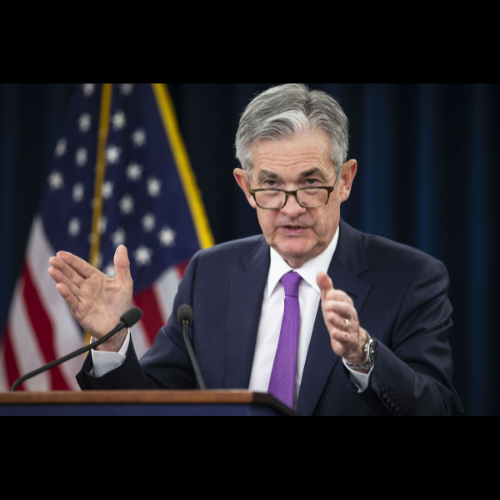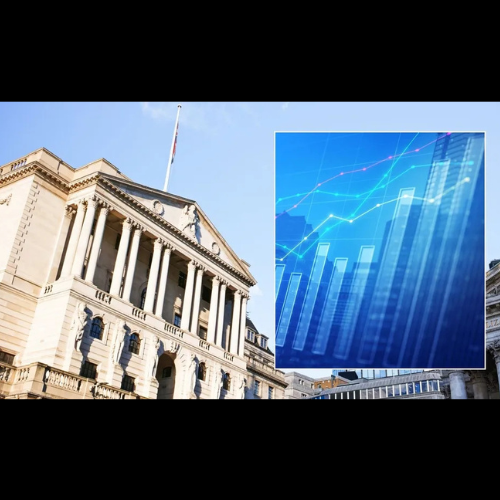As the financial world turns its gaze towards Jerome Powell, Chair of the U.S. Federal Reserve, anticipation builds for his forthcoming address to the Economic Club of New York. This key speech, scheduled for noon in New York, is expected to provide valuable insights into the future trajectory of monetary policy.
Powell’s address comes at a critical juncture, just a fortnight before the next meeting of central bank officials slated for October 31-November
During this period, policymakers traditionally enter a “blackout period,” refraining from public commentary on economic and policy matters.
Analysts predict that Powell will maintain the current policy direction, particularly with respect to interest rates. Despite recent dips in inflation, Powell is expected to emphasize the readiness of officials to implement further rate hikes if necessary.
Joe Brusuelas, RSM’s chief economist, suggests that Powell will not preempt the committee’s decisions ahead of the November policy meeting. Instead, his speech is likely to reflect the tone and content of the September policy statement and press conference.
The last meeting saw officials vote to keep interest rates steady at a range of 5.25% to 5.5%, the highest level since 2001. However, the door was left open for a potential increase later this year, with indications that rates could remain at peak levels for an extended period.
Powell has previously stated, “We’re prepared to raise rates further, if appropriate, and we intend to hold policy at a restrictive level until we’re confident that inflation is moving down sustainably toward our objective.”
Inflation, while down from a peak of 9.1%, continues to exceed the Fed’s 2% target. The consumer price index, a measure of the price of everyday goods, rose 0.4% in September from the previous month, marking a 3.7% increase from the same time last year.
The Federal Reserve has two more meetings scheduled for this year. While consensus among investors suggests that rates will remain steady at the November meeting, there is growing speculation that another rate hike may be approved in December.
Kathy Bostjancic, Nationwide’s chief economist, notes that the robustness of consumer spending and the labor market could prompt the Fed to raise rates again in the coming months. However, she emphasizes that rates are likely to remain high for a longer period, particularly given the persistent inflation in the services sector.
Raising interest rates typically results in higher rates on consumer and business loans, which can slow the economy by reducing spending. The average rate on 30-year mortgages has already risen above 7% for the first time in years, and borrowing costs for home equity lines of credit, auto loans, and credit cards have also increased.
Despite these potential risks, Federal Reserve officials remain confident in the resilience of the economy, even in the face of higher interest rates.
Disclaimer: The author is not a licensed financial advisor and the content provided is for informational purposes only. Always consult with a certified financial advisor before making investment decisions. The author does not hold any positions in the stocks mentioned in this article.







